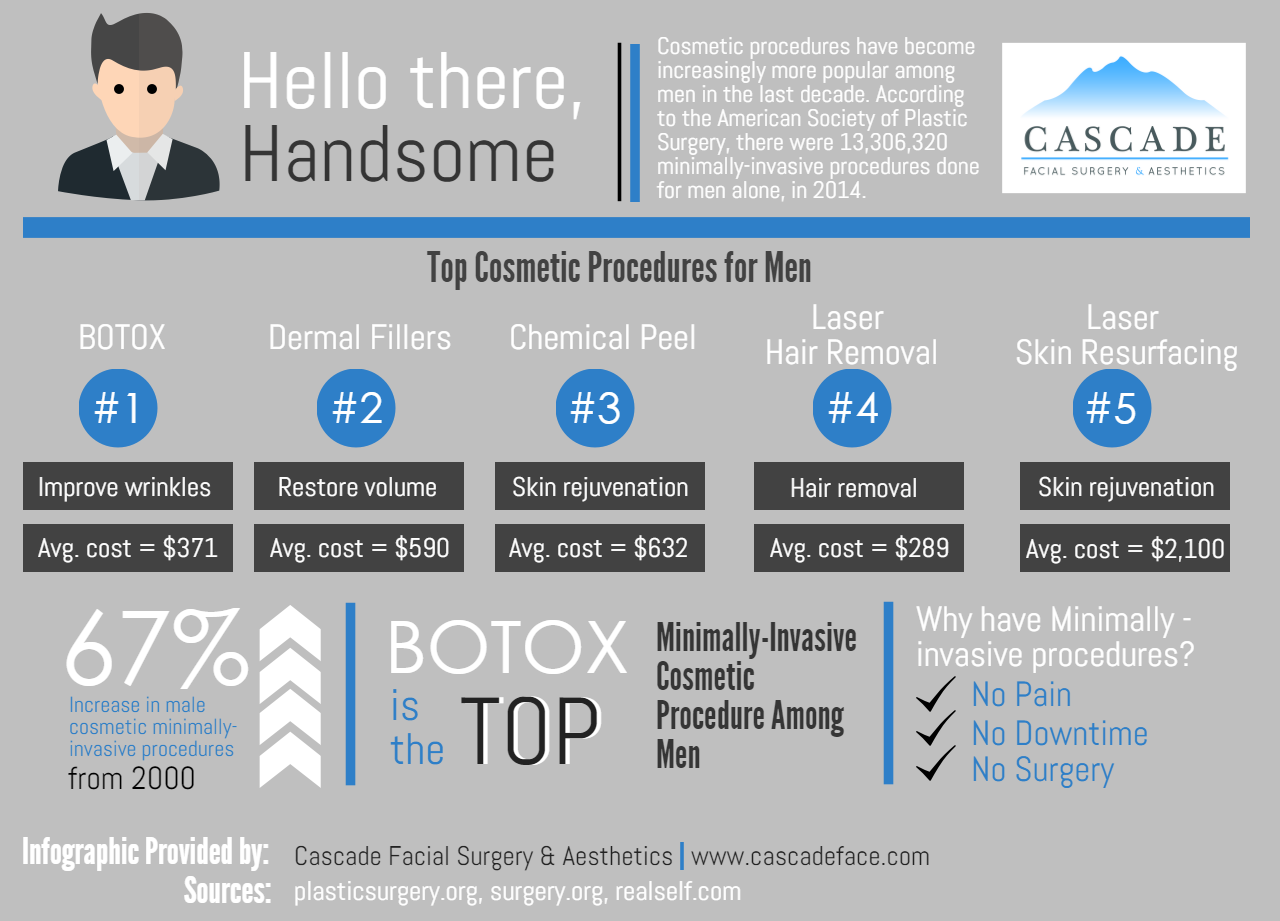Acne breakouts in the cheek area are activated by lots of points, from touching your face often to not altering your pillow case often enough. Picking at imperfections enhances your threat of infection and scarring, and certain medicines can intensify dark places (postinflammatory hyperpigmentation).
Luckily, there are many methods to prevent and treat cheek acne. These include:
1. Hormonal Changes
Acne is mostly triggered by hormones, particularly those created during adolescence and pregnancy. For some, a family history of acne may likewise contribute to their condition. Anything that clogs pores, such as oil-based skin care products or ceraceous hair products, can trigger acne. Numerous topical therapies, like benzoyl peroxide and salicylic acid, can combat bacteria and unclog pores. Those with serious or chronic acne needs to look for treatment from their doctor.
Stay clear of touching or squeezing your acne, as this can push several of the germs deeper into the skin, bring about a much more serious outbreak. It is likewise essential to change pillow cases frequently and use tidy makeup brushes. You should additionally try to stay clear of toxic irritants such as friction from putting on a safety helmet or tight collar.
2. Diet regimen
The greasy, sweet foods that lots of people think trigger acne might actually refrain so. As a matter of fact, researches have actually shown that consuming a diet abundant in whole, nutrient-dense foods aids to avoid outbreaks.
Foods high in the glycemic index (such as white bread, corn flakes, puffed rice and potatoes, doughnuts and various other pastries) raise blood glucose levels swiftly, and this can increase hormonal agents that increase oil manufacturing and result in acne.
Consuming alcohol cow's milk has additionally been linked to raised acne breakouts. If you are a normal cow's milk drinker, you might want to try switching to low-fat or nondairy alternatives that are fortified with calcium. In addition, drinking more water can help to reduce acne because it helps to keep the skin hydrated.
3. Excess Oil
While oil is essential for healthy skin, it can become a problem when too much sebum mixes best cosmetics for aging with dead skin cells and blocks pores. This combination can create blackheads, whiteheads and pimples. The clogged pore wall can break down and spill bacteria, dead skin cells and sebum into surrounding skin. This results in a red bump known as a pimple. Sometimes these red bumps have pus in the center from a bacterial infection. Larger infected bumps that look like acne are called cysts.
There are many things that can cause excess sebum and clogged pores, including hormone fluctuations, diet and daily habits. Some examples include touching the face frequently, resting your hand on your cheek, using dirty makeup brushes and not changing pillowcases regularly.
4. Stress
If you're dealing with throbbing pimples or a slew of blackheads and whiteheads, it may be time to talk to a dermatologist. They can recommend an effective treatment that suits your skin type. Practicing relaxation and stress-reduction techniques also helps.
Acne can occur in the cheeks due to friction and pressure, such as when a person touches their face frequently or wears a hat or sports helmet that rubs against the skin. It can also appear where greasy cosmetics and lotions rub against the skin.
Avoid squeezing acne, as this can push infected material deeper into the skin and lead to scarring. Instead, see a doctor to learn about preventative treatments like medication, skin care products and lifestyle changes. Eating a healthy diet of whole foods, getting seven to nine hours of sleep and using noncomedogenic makeup and skincare products can all help reduce acne breakouts.
5. Hair Products
Hair products are not typically thought of as a cause of breakouts, but they can contribute to acne on the cheeks in some people. Pomade acne, which is characterized by small closed comedones and papulopustules, is commonly caused by the use of oily hair products that contain comedogenic ingredients such as certain oils and acetylated lanolin.
Choosing hair products that don't contain these potentially comedogenic ingredients is an important step toward minimizing breakouts. Also, ensuring that hair products aren't coming in contact with the skin can help prevent breakouts. For example, wearing a scarf or bonnet at night can limit hair-to-face contact and reduce the likelihood that leave-in hair products will rub off onto the face.
In addition to using a non-comedogenic moisturizer and washing with an acne face wash, other helpful strategies include:
